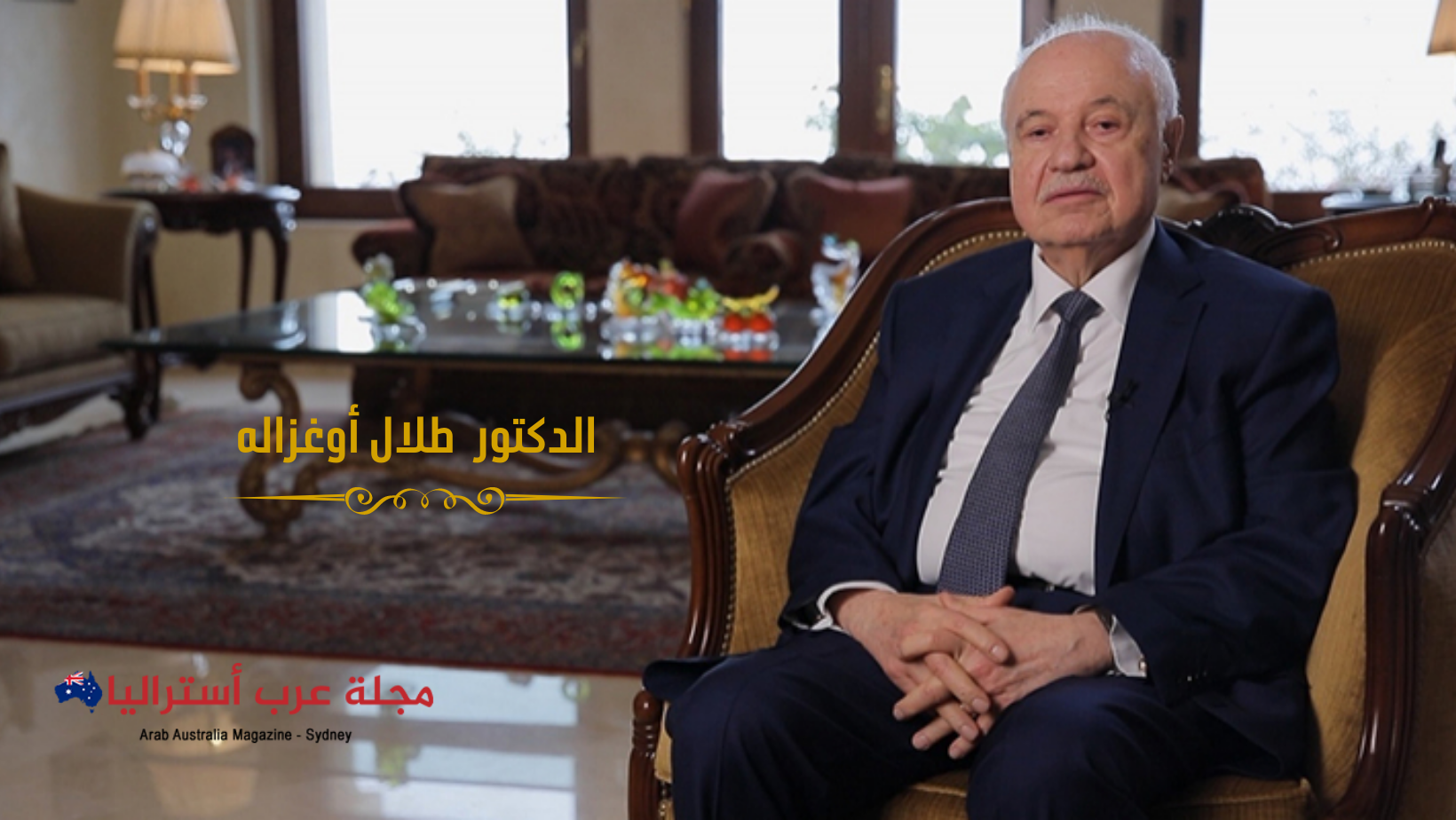مجلة عرب أستراليا سيدني
العودة إلى غطاء الذهب
بقلم الدكتور طلال أبوغزاله
يساور القلق الشديد غالبية الناس بشأن حالة الاقتصاد، وتآكل قيمة أموالهم هذه الأيام. وإذا نظرنا إلى تاريخنا على مدار الخمسين عامًا الأخيرة، لرأينا موجات متكررة من الركود والتضخم وعدم الاستقرار، وهي علامات على وجود خطأ ما في نظامنا الحالي. لذلك، نادى البعض بالعودة إلى غطاء الذهب، وهي فكرة ليست سيئة.
إن غطاء الذهب هو نظام نقدي تُربط فيه العملات الورقية (عملات الفيات) بالذهب مقابل سعر ثابت، مما يضمن ثبات المعروض النقدي، وعدم تأثر قيمته بقرارات البنوك المركزية ونزواتها. لقد كان النظام المالي الأميركي قائمًا على غطاء الذهب بعد الحرب العالمية الثانية، ولكن الولايات المتحدة تخلت عنه في عام 1971 أثناء حكم الرئيس نكسون، حيث حظيت الولايات المتحدة بحرية التحكم في عدد الدولارات التي يمكنها طباعتها، بعد أن كانت ملزمة، بموجب اتفاقية بريتون وودز، بدعم كل 35 دولارًا بأوقية من الذهب.
لقد كان تخلي الولايات المتحدة عن غطاء الذهب سببًا رئيسيًا للتحديات الاقتصادية والمالية العديدة التي نواجهها بصورة متكررة، مثل التضخم والركود وأزمات الديون وفقاعات أسعار الأصول وحزم الإنقاذ المالي، مع وصول التضخم مؤخرًا إلى أعلى مستوى له منذ ثمانينات القرن الماضي. لقد أثر هذا علينا جميعًا، لاعتمادنا على الدولار الورقي الذي لا يحظى بدعم حقيقي. وشئنا أم أبينا، كلنا مرتبطين بالدولار الأميركي، الذي يعد العملة الرئيسية للاحتياطات النقدية للدول حول العالم، فهو أكثر عملة مستخدمة في التجارة الدولية والمعاملات المالية.
أعتقد أن تنفيذ غطاء الذهب سيعزز الاستقرار والنمو والازدهار، عن طريق كبح جماح التضخم والأزمات المالية والتشوهات في سعر الفائدة وطباعة الأموال الرخيصة بلا حدود. كما سيحد غطاء الذهب من سلطات البنوك المركزية والحكومات في التدخل في الأسواق، أو في التلاعب في أسعار الفائدة. كما سيعيد الثقة في النظام النقدي، لأنه سيكون مدعومًا باحتياطي قوي من الأصول القيمة، عوضًا عن الوعود أو التوقعات.
إن وضع الدولار الأميركي، بوصفه عملة احتياط، يرتبط بشكل وثيق بهيمنة الولايات المتحدة ونفوذها في النظام العالمي. وبصفتي رئيسًا للعديد من الهيئات المحاسبية الدولية وكذلك عضوًا في لجنة بريتون وودز، أتفهم عدم حماس الولايات المتحدة للعودة إلى غطاء الذهب، لأنه سيحد من المرونة التي تحظى بها على المستوى العالمي، كما أنه سيتطلب دعم جميع الدولارات المتداولة باحتياطات من الذهب.
صحيح أن غطاء الذهب ربما لا يكون نظامًا مثاليًا، ولكنه يحفظ قيمة النقود ويحمي الاقتصادات من التضخم والتلاعب.
رابط مختصر-https://arabsaustralia.com/?p=30914
Returning to the Gold Standard
Talal Abu-Ghazaleh
Everyone is concerned about the state of today’s economy and the eroding value of their money. If we look to our history over the last fifty years, we can repeated waves of recession, inflation, and instability which are signs that the there is something wrong with the current system. Some have urged a return to the gold standard which may not be such a bad idea.
The gold standard is a monetary system where fiat money is linked to gold at a fixed price, guaranteeing that the money supply is steady and that its value is not dependent on the decisions or whims of central banks. The US monetary system was based on the gold standard after the Second World War, but it abandoned it in 1971 under President Nixon. This gave the US free reign over how many dollars it could print as under the Bretton Woods agreement, it needed to back every $35 dollars with an ounce of gold.
The US abandoning of the gold standard has been a major cause of the numerous economic and financial challenges we repeatedly face, such as inflation, recessions, debt crises, asset bubbles, and bailouts, with inflation recently reaching its highest level since the 1980s. This has affected us all because of our reliance on a paper dollar with no real backing. Whether we like it or not, we are all linked to the US dollar which is the main reserve currency held by countries around the World, being the most widely used currency in international trade and financial transactions.
I believe that implementing the gold standard would promote better stability, growth, and prosperity by preventing inflation, financial crises, interest rate distortion, and unrestricted money printing of cheap money. It would limit the power of central banks and governments in interfering with the markets or in manipulating interest rates. This would also restore confidence and trust in the money system as it would be backed by solid reserve of valuable assets rather than by promises or expectations.
The US dollar’s reserve currency status is closely tied to US hegemony and influence in the global system. Having been the chair of numerous international accounting associations as well as a member of the Bretton Woods Committee, I can understand why the US would be reluctant to go back to the gold standard as that would limit its flexibility on the global stage and would require backing all the dollars in circulation with gold reserves.
The gold standard may not be a perfect system, but it preserves the value of money and shields economies from inflation and manipulation.




